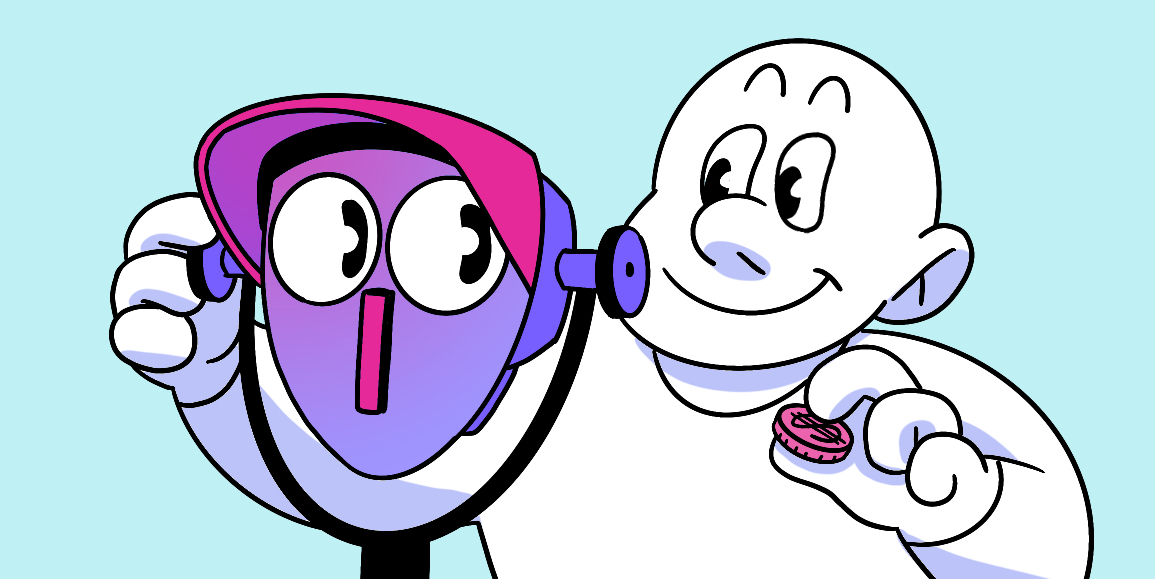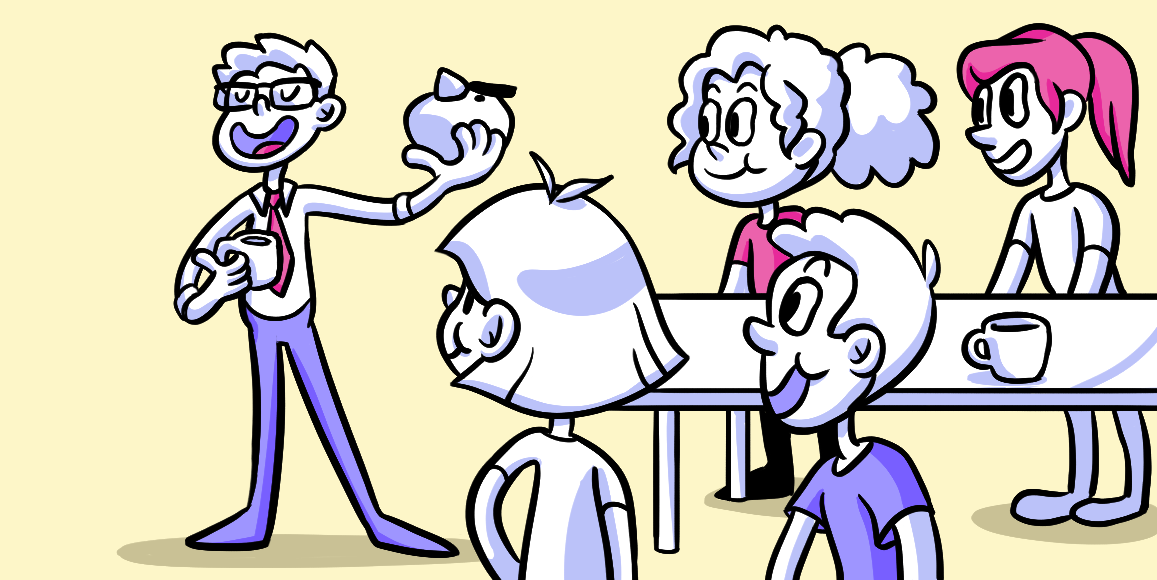Sick Design: Toolus Overloadum
(Latin: “Tool Gluttony”)
We need a way to track our progress. Let’s use Google docs to collaborate on our game plan. Whip up a hot Trello board to break down tasks. Stick to that one email thread to keep track of all of our stuff. Maybe increase the visibility of our task list to our team in Asana. And, finally, make sure we’re on Slack so that we don’t have to get up and walk 20 seconds to talk face-to-face! Easy peasy! Or is it just tool gluttony?!
COMMON SYMPTOMS:
- Lost momentum acclimating too many new tools
- Time wasted watching YouTube tutorials on how to use a new tool
- Multiple file formats for the same project pieces
- Arguments over the better tool the team should adopt
- The team doesn’t abide a singular process
CAUSES:
- Too much autonomy
- Shiny new toys
- Getting swept up in fads
- A loose budget
TREATMENTS:
We love shiny new toys, who doesn’t? But the proliferation of tools and software designed to speed up work usually ends up slowing it down.
There’s a cost to learning a new tool, developing proficiency, and getting it adopted throughout an organization. Add in the complexity of unsupported file formats, patch updates, and that one person who never updates to the latest version and you’ve got a recipe for roadblocks.
Get Consensus First to Prevent Tool Gluttony
The best way to avoid this: get as much consensus as a group about which tool, format and process you can all commit to. The emphasis should not be on what is the new hotness or what looks the coolest, but what helps your team deliver the best results.
Revisit Your Choice
Once that’s been established, revisiting your choice as a team every few months can ensure people are happy with the selection and the tool is meeting your team’s demands. If it isn’t, have a few members of your team try a replacement on a trial basis and report their findings.
It’s always good to stay aware of industry trends and what apps and services the best in your field are using. But what matters most is picking the tools that help you deliver your best work.












